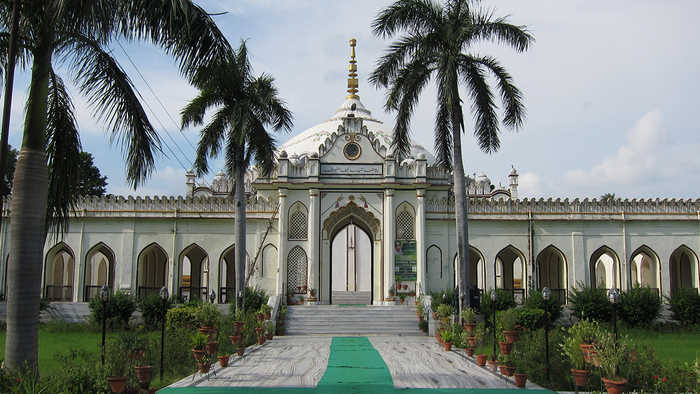Published 13:35 IST, March 12th 2024
Take a trip down memory lane in the 'City of Nawabs', bringing back the fascination surrounding royalty immersed in every street of this historic city.
Advertisement
The 'City of Nawabs' Lucknow gives visitors a taste of royalty through awadhi cuisine delicacies like their famed biryani. The Constantinople of the East also serves as a reminder of India's nawabi legacy and historic moments in the build of what the city signifies today. Here are a few iconic spots to cover when in Lucknow.
British Residency
Lying south to the Gomti river, the British Residency of Lucknow is a famous historical landmark, which is now in ruins and has been declared a protected monument by the Archaeological Survey of India. The British Residency was the place that served as a refuge for approximately 3,000 British inhabitants during the time of the uprising of 1857.
Advertisement

Safed Baradari
This glorious structure erected by Nawab Wajid Ali Shah in 1854 was built for mourning, however, in the present-day it has become a place for the elites of the city to celebrate major accomplishments or conduct marriages. This historic structure is well-acclaimed for being an architectural fascination, representing medieval India's craftsmanship.

Shah Nazaf Imambada
This white domed mausoleum situated, considered a replica of Hazrat Ali's burial at Najaf, in Iraq, on the bank of Gomti river near Sikanderbagh was constructed by Nawab Ghazi-ud-din Haider, last nawab wazir and first King of the state of Awadh in 1816 - 1817. The silver tomb of Ghazi-ud-din Haider lies in the centre of this building and his three wives are also buried here. Further, this edifice is flanked by the more imposing silver and gold tomb of Mubarak Mahal on one side.
Advertisement
Hussainabad Picture Gallery
The Hussainabad Picture Gallery boasts of an intriguing history intertwined with the capital city of Uttar Pradesh. This magnificent structure was originally constructed in 1838 during the rule of Nawab Mohammad Ali Shah, the third Nawab of Awadh. Initially known as the ‘Baradari,’ which translates to ‘having 12 doorways,’ the building was utilised as a summer escapade for Nawab Mohammad Ali Shah. Presently, it's a tourist spot attracting visitors with a keen interest in the artefacts, paintings, and city's history.
Advertisement
Advertisement
13:35 IST, March 12th 2024